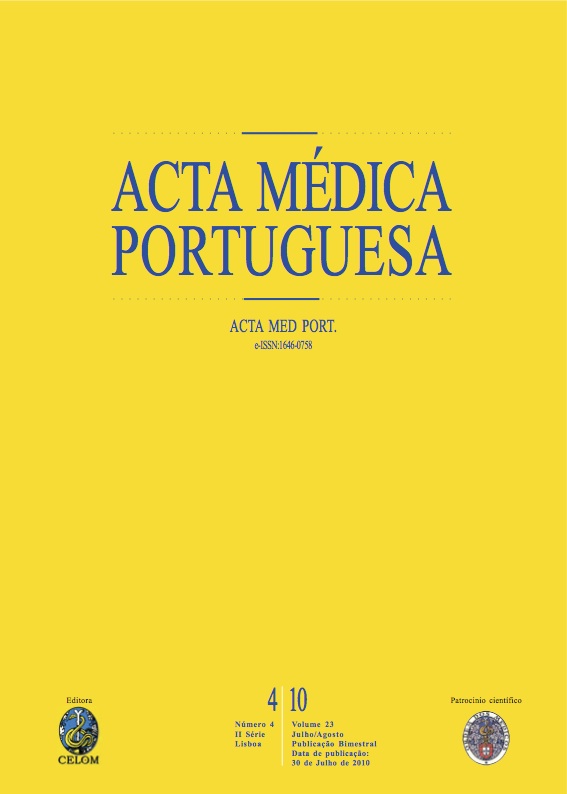Anticonvulsant hypersensitivity syndrome in children.
DOI:
https://doi.org/10.20344/amp.681Abstract
Anticonvulsant hypersensitivity syndrome, or DRESS (Drug Rash with Eosinophilia and Systemic Symptoms), is a rare multisystem disorder, potentially fatal, that occurs after exposure to antiepileptic drugs, mainly aromatic ones. Clinically, this condition is recognized by the classic triad of fever, rash and internal organ involvement that usually develops 1 to 12 weeks after initiation of therapy. We report a case of a child treated with sodium valproate for epilepsy that showed a febrile rash 4 weeks after being medicated with phenobarbital. Laboratory testing revealed leukocytosis with eosinophilia elevated C-reactive protein and liver enzymes. Phenobarbital was suspended, with slow full recovery. This syndrome may mimic infectious, immunologic and neoplastic conditions, which may delay the correct diagnosis, but must be excluded in the presence of characteristic clinical features and drug exposition.Downloads
Downloads
How to Cite
Issue
Section
License
All the articles published in the AMP are open access and comply with the requirements of funding agencies or academic institutions. The AMP is governed by the terms of the Creative Commons ‘Attribution – Non-Commercial Use - (CC-BY-NC)’ license, regarding the use by third parties.
It is the author’s responsibility to obtain approval for the reproduction of figures, tables, etc. from other publications.
Upon acceptance of an article for publication, the authors will be asked to complete the ICMJE “Copyright Liability and Copyright Sharing Statement “(http://www.actamedicaportuguesa.com/info/AMP-NormasPublicacao.pdf) and the “Declaration of Potential Conflicts of Interest” (http:// www.icmje.org/conflicts-of-interest). An e-mail will be sent to the corresponding author to acknowledge receipt of the manuscript.
After publication, the authors are authorised to make their articles available in repositories of their institutions of origin, as long as they always mention where they were published and according to the Creative Commons license.









